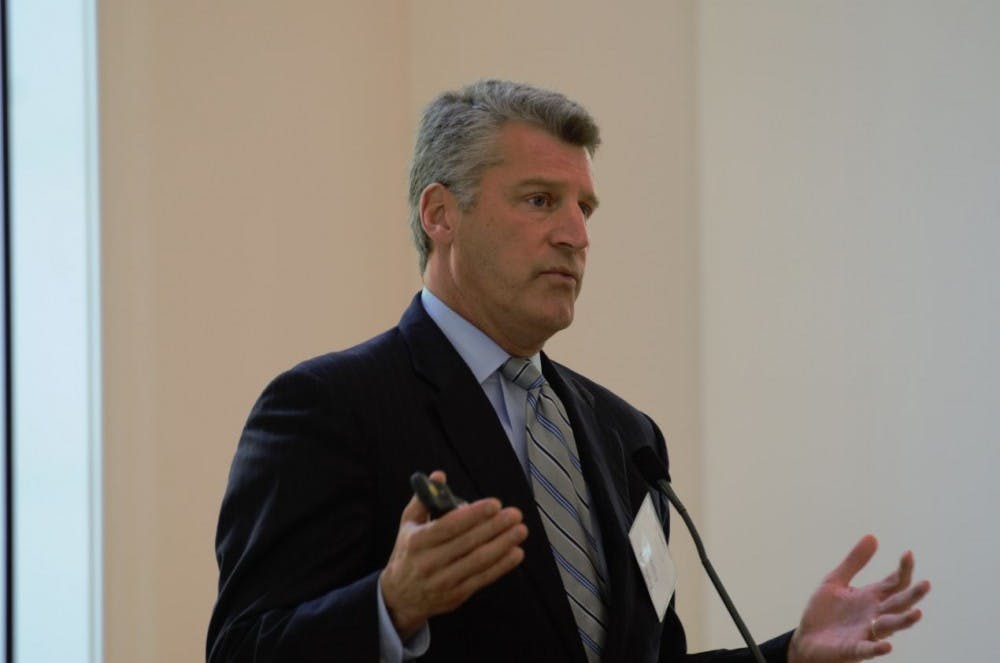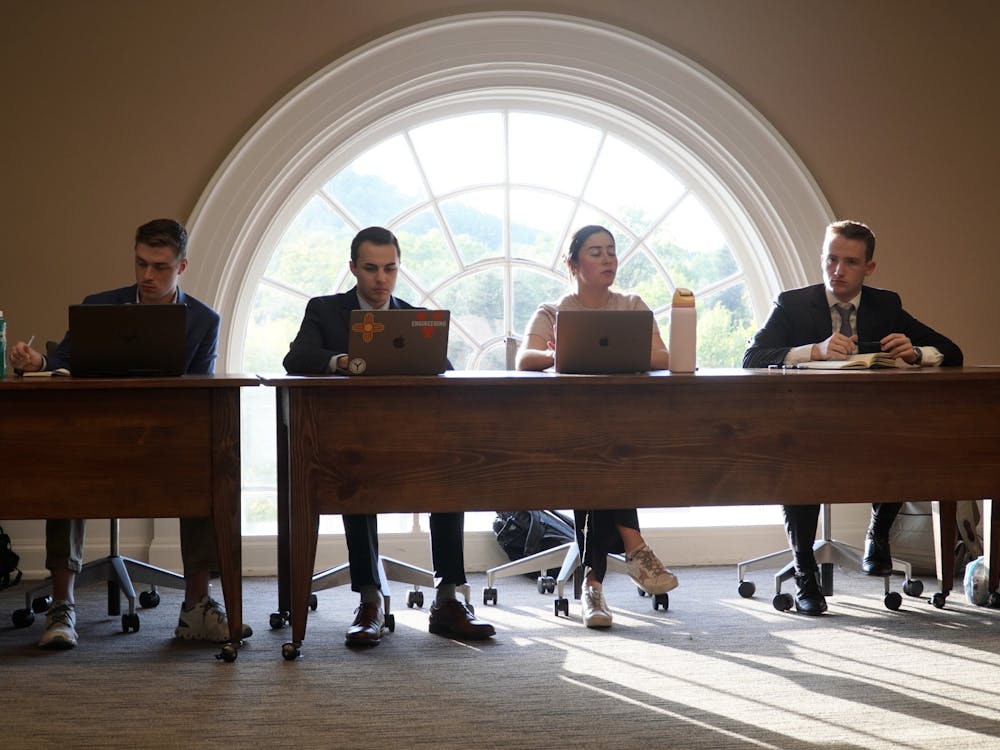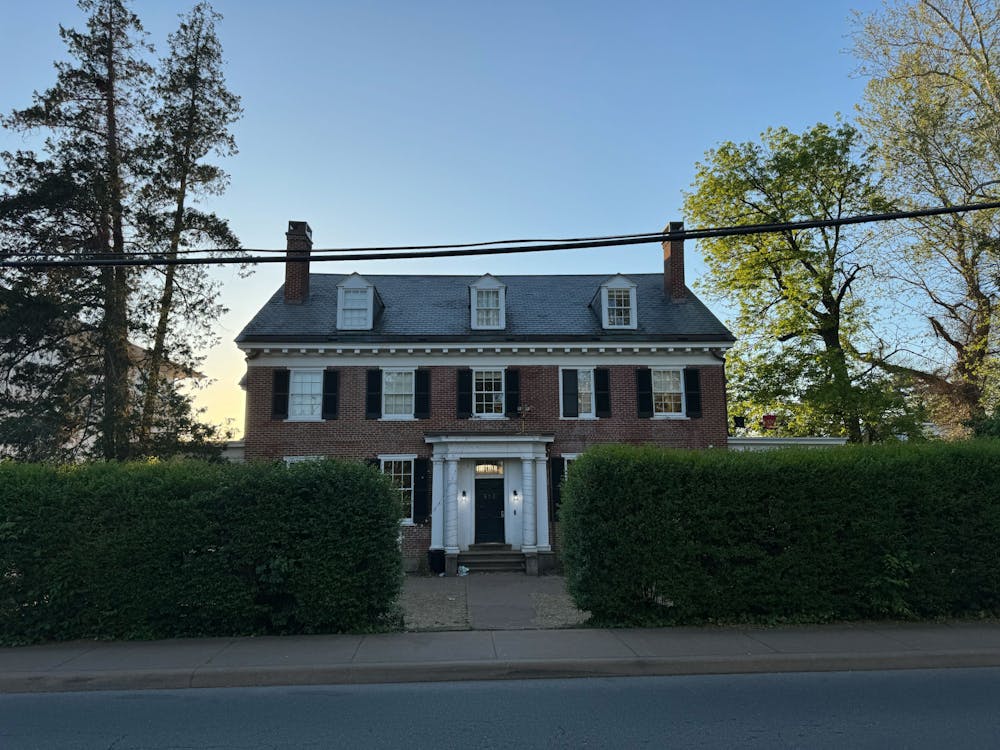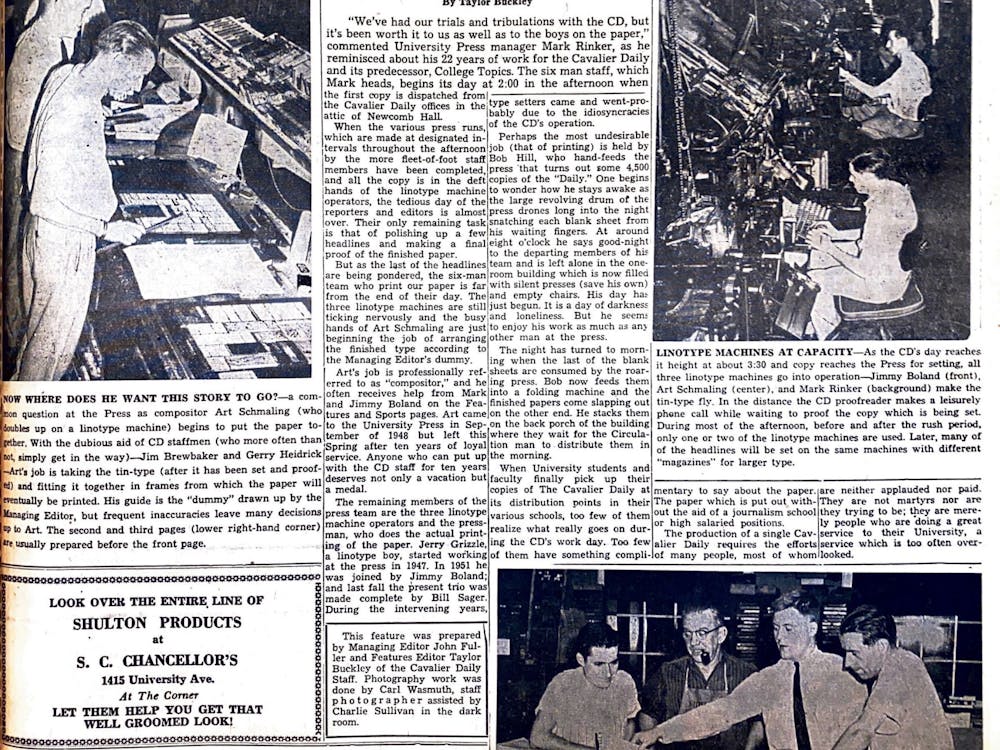A number of professors and experts from schools and departments throughout the University and higher education institutions around the country convened at the Law School Friday to reflect on the white supremacist events of Aug. 11 and 12 through a variety of panel discussions regarding critical race theory in the U.S.
The event was co-sponsored by the Carter G. Woodson Institute, the Center for the Study of Race and Law, the Virginia Law Review and the School of Law.
During a panel regarding community policing and American race relations, Timothy Heaphy — a former U.S. Attorney for the Western District of Virginia who was appointed as University Counsel this past August — spoke on his perceptions of the law enforcement response to the violent white supremacists rallies in Charlottesville during the summer of 2017.
In particular, Heaphy drew upon his experiences as the author of a critical independent review of the City’s management of the demonstrations which was released in December 2017.
While Heaphy said the report did not specifically aim to examine the social influences which gave rise to the white supremacist events in Charlottesville, he offered a variety of insights during his presentation into the racial and political climate which he said contributed to the events.
With regards to a Ku Klux Klan rally held in Justice Park — now Court Square Park — in Downtown Charlottesville July 2017, Heaphy said the duty of local government to maintain freedom of speech and public safety was upheld by official standards as the rally was able to occur and there were no reported injuries or property damage.
However, Heaphy added that the heavy-handed police response to anti-racist counter protesters who attempted to block KKK members from exiting a nearby parking garage after the rally — including the arrest of 22 counter protesters and the declaration of an unlawful assembly — was detrimental for public trust in law enforcement, especially for communities who may have already been distrustful of the police.
“Things escalated to the point where officers decided they needed to use tear gas to disperse the crowd,” Heaphy said. “That created, as you can imagine, a great deal of frustration and anger in this community where you have police officers protecting racist KKK members, escorting them in [and] escorting them out and then facilitating safe passage, and then firing tear gas at anti-racist activists.”
Heaphy said the already distrustful relationship between law enforcement personnel and vulnerable populations in the Charlottesville community was further strained during the July 2017 KKK rally. Heaphy said the events of July 8 did not bode well for the white supremacist Unite the Right rally the following month, as the relationship between the community and law enforcement personnel was already under tremendous stress, and there was distrust present from the outset.
The rally ultimately resulted in the death of 32-year-old Heather Heyer and dozens of injuries during clashes between white supremacist demonstrators and counter protesters.
Heaphy’s independent review concluded that law enforcement personnel present in downtown Charlottesville during and after the Aug. 12 Unite the Right rally consistently failed to intervene in instances of violence between the demonstrators and anti-racist protesters, especially after an unlawful assembly was declared in Emancipation Park — now Market Street Park — and the opposing sides were forced toward each other on adjacent Market Street.
“They protected property over people,” Heaphy said. “They spent a lot of time thinking about the protection of the downtown merchants on the Downtown Mall, and the anomaly of that and the contrast of that with not protecting people was yet another thing that decreased faith in government.”
Heaphy said the repeated failures of law enforcement personnel in responding to the white white supremacist demonstrations during the summer of 2017 have had long-lasting negative effects on the relationship between the public and law enforcement personnel in Charlottesville. Heaphy added that these events only further augmented and increased the visibility of an already-strained relationship between communities of color and police in the City.
“If you everyday live in communities in which you don't believe that the police are there to protect you or are there to protect other people or other things, then you're not surprised when they tear gas you or they allow you to be assaulted,” Heaphy said. “There’s a consistency that’s born of an underlying, simmering frustration in a lot of communities in our idyllic, little college town of Charlottesville [that this event] lit up.”
Nonetheless, Heaphy said local governments possess the legal responsibility of protecting free speech while simultaneously maintaining public safety — even if the speech being expressed is from KKK members advocating for “the violent protection of white supremacy.”
“You have a right in this country to stand up and say things that are really offensive, that are racist [and] that will offend lots of people, as long as you don't cross the line to directly incite lawless behavior or violence,” Heaphy said.
During a panel on the institutional roots of racism in American society, University History Prof. Claudrena Harold spoke extensively on the role and place of the University in the context of the white supremacist events of Aug. 11 and 12 2017.
“In the aftermath of the white supremacist rallies of August 11 and 12, many of us at the University found ourselves responding to a variety of demands — specific to the summer of hate but also connected to a long legacy of racial injustice and deep economic inequality in this community and beyond,” Harold said.
Harold added that, while the white supremacist events of August 2017 were explicit demonstrations of racism in Charlottesville and at the University, racial inequality has long plagued the University and surrounding the community. More specifically, Harold said the presence of the University as an institution within the local community negatively affects living conditions in terms of rent prices, wages, policing practices and economic equality.
“Thinking about institutional racism and how it functions within the University, including the University of Virginia and by extension Charlottesville, also forces us to move beyond symbolic politics and produce substantive change that deals with the problems of poverty, unemployment [and] affordable housing,” Harold said.
Harold defined institutional racism as those structures of an organization which seek to disadvantage or otherwise cause harm to communities of color and are successful in doing so. Based on her research of the University’s history, Harold said an example of such racism could be observed in 1998, when she said African American and Asian American students at the University were most likely to be charged with Honor violations.
Gregory Parks — a professor of law and associate dean of research, public engagement and faculty development at the Wake Forest University School of Law who also sat on the panel — said Friday’s conference was only the second time he had been to the U.Va, the first time being in 1998 when he was applying for admittance into a doctorate program.
“What was striking during the interview was I stayed with an African American student who was in the P.h.D. program, and he brought over a bunch of other African American students, and they said, “Get out,” Parks said. “They talked about the sort of racial dynamics and politics within the department, and I assume that those things have changed, but when I witnessed what happened here last year, I said, ‘Oh, maybe that's what they were talking about.’”
In relation to the potential for there to be racial reconciliation in modern day America, Parks said the white supremacist events of August 2017 weighed heavily on his sense of optimism. In particular, Parks said the differences between the most extreme supporters of President Donald Trump and the ongoing fight for racial equality seemed irreconcilable.
“If they had to take a cold, hard look in the mirror and recognize white supremacy, that would likely unravel their whole world,” Parks said. “Maybe something sadly catastrophic as what happened a year ago here shakes some people out of their slumber, but I still think it shakes too few of them.”





